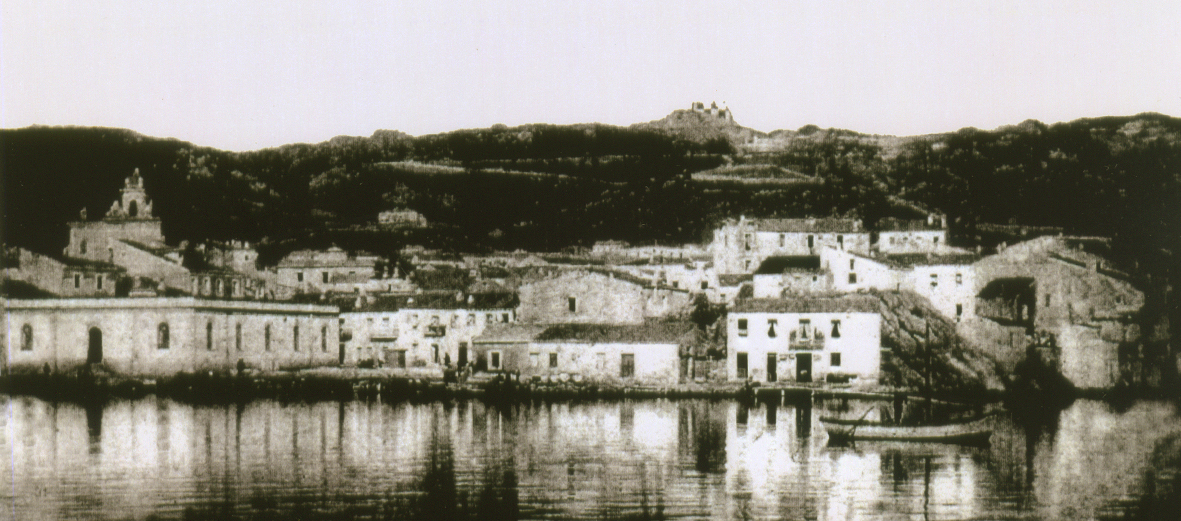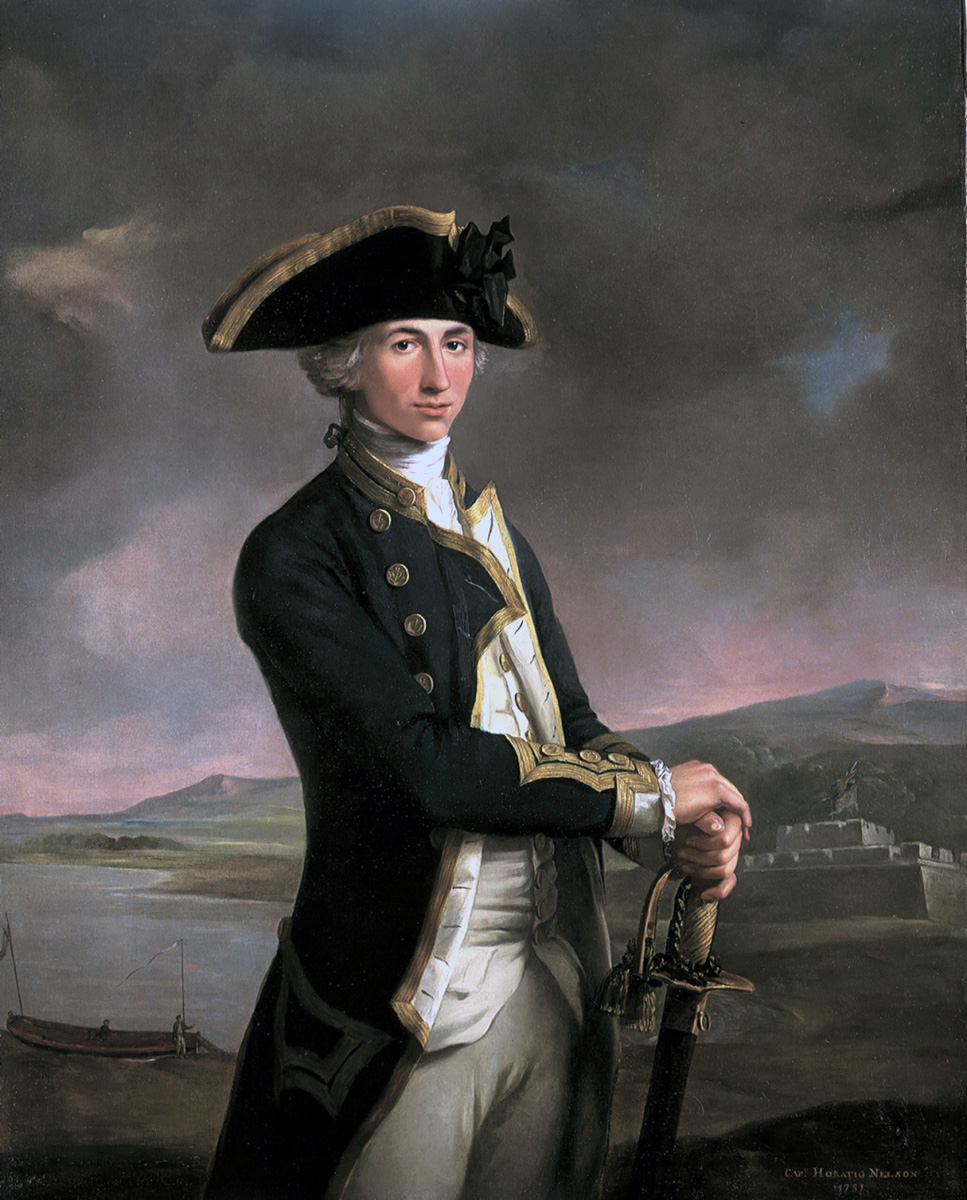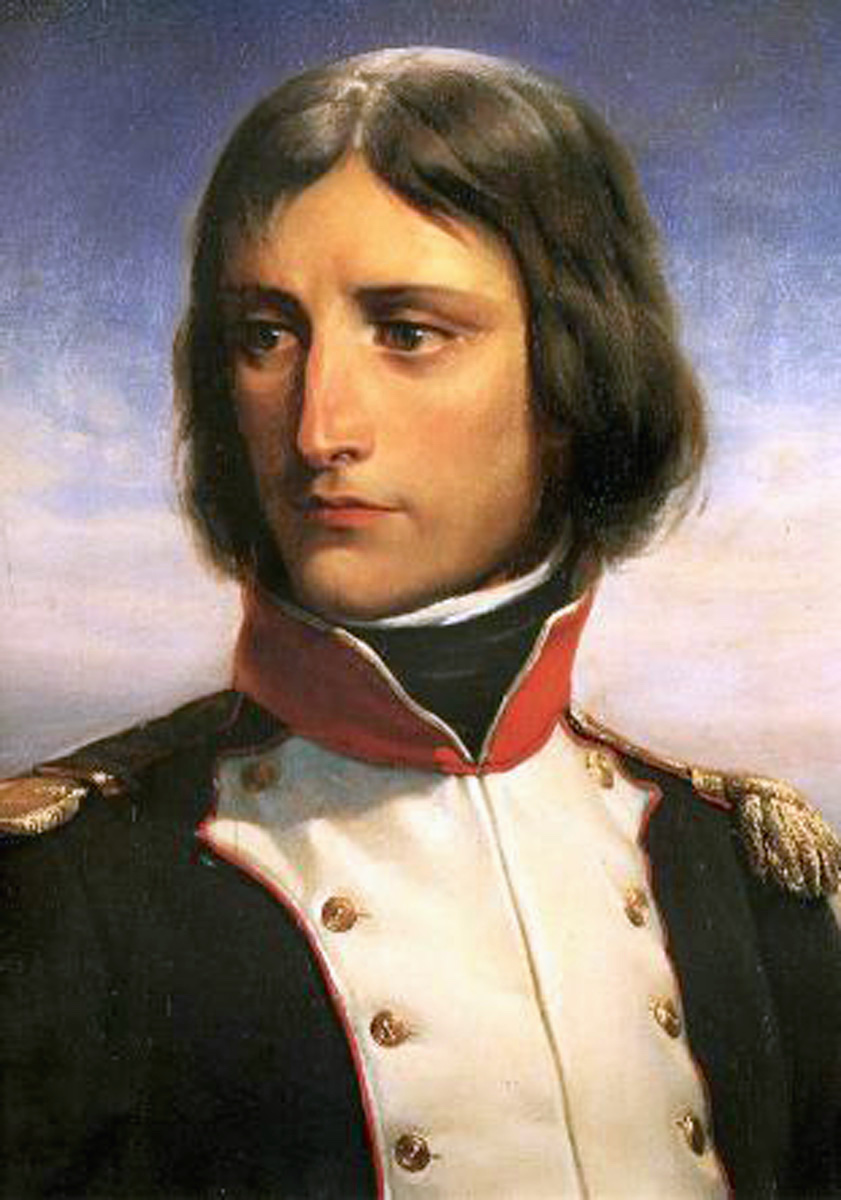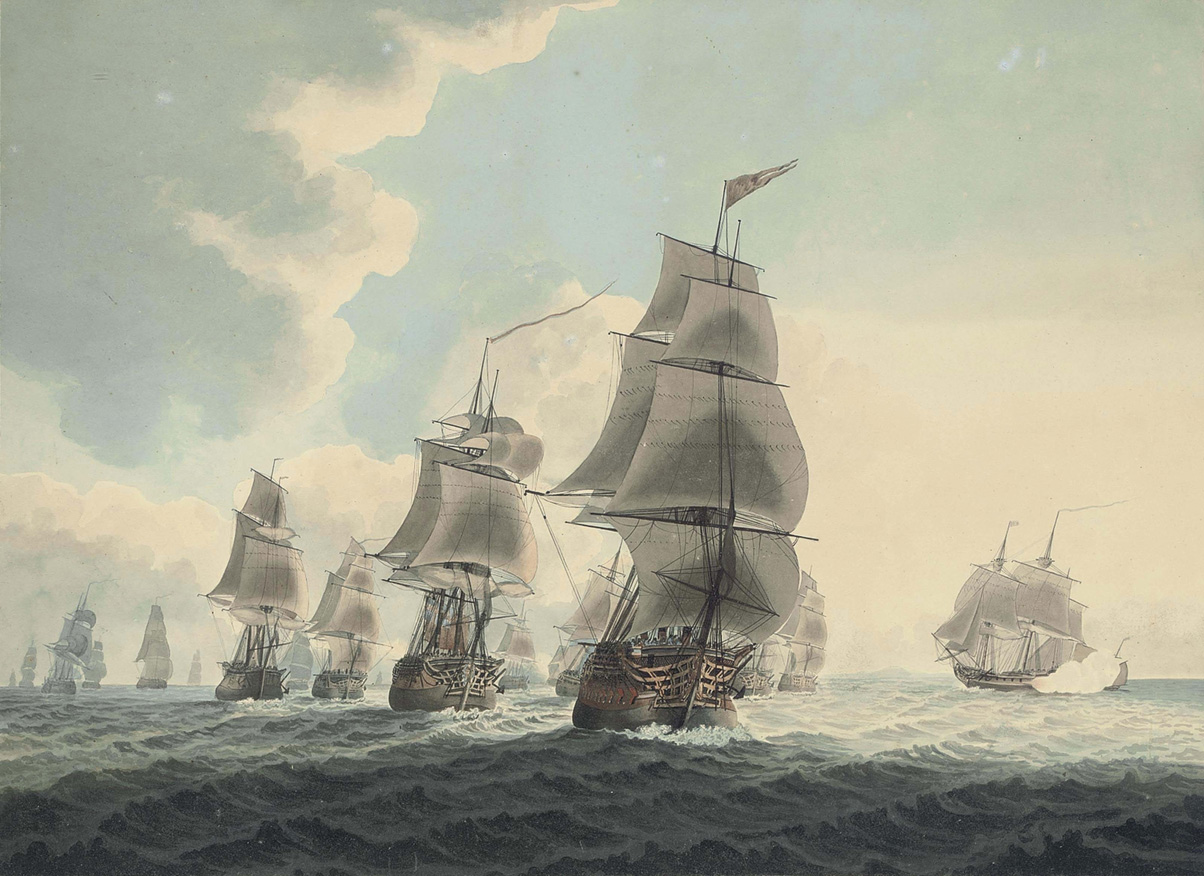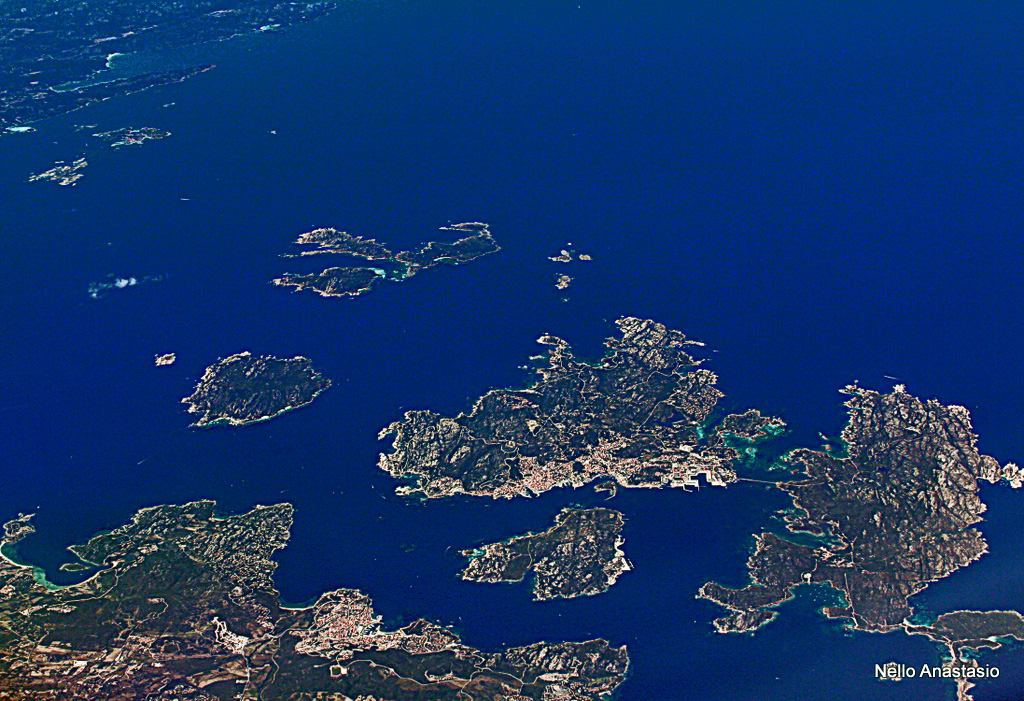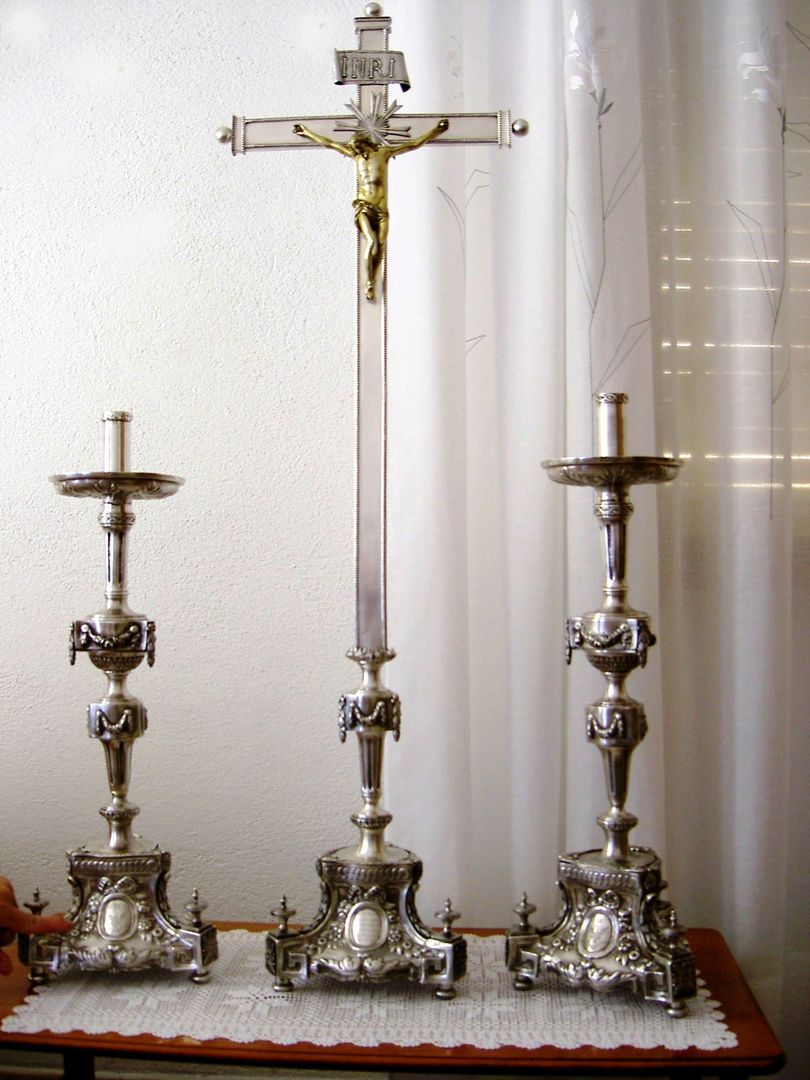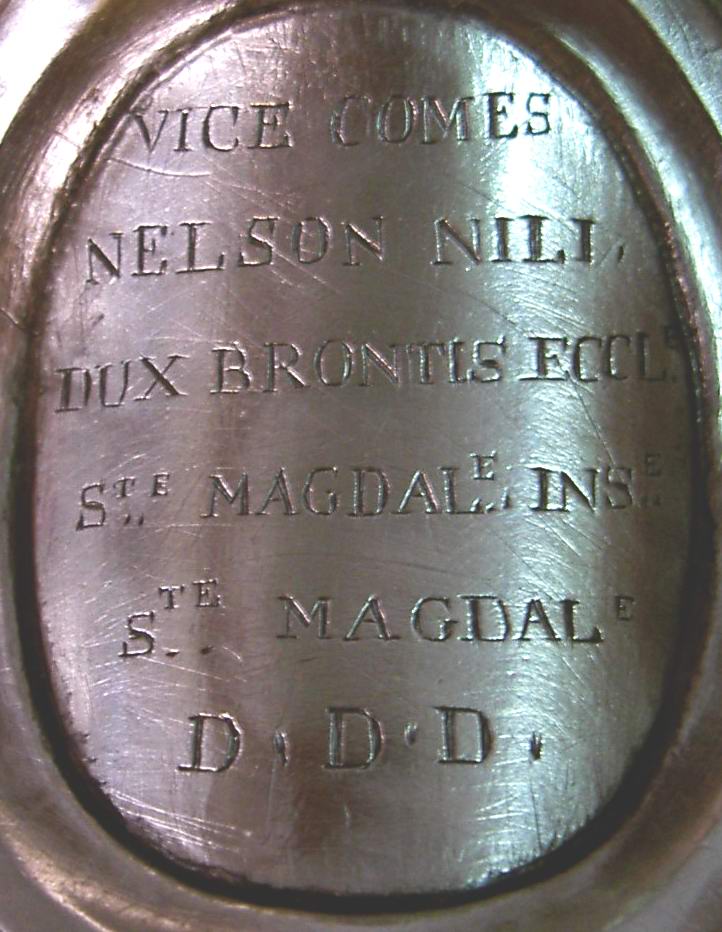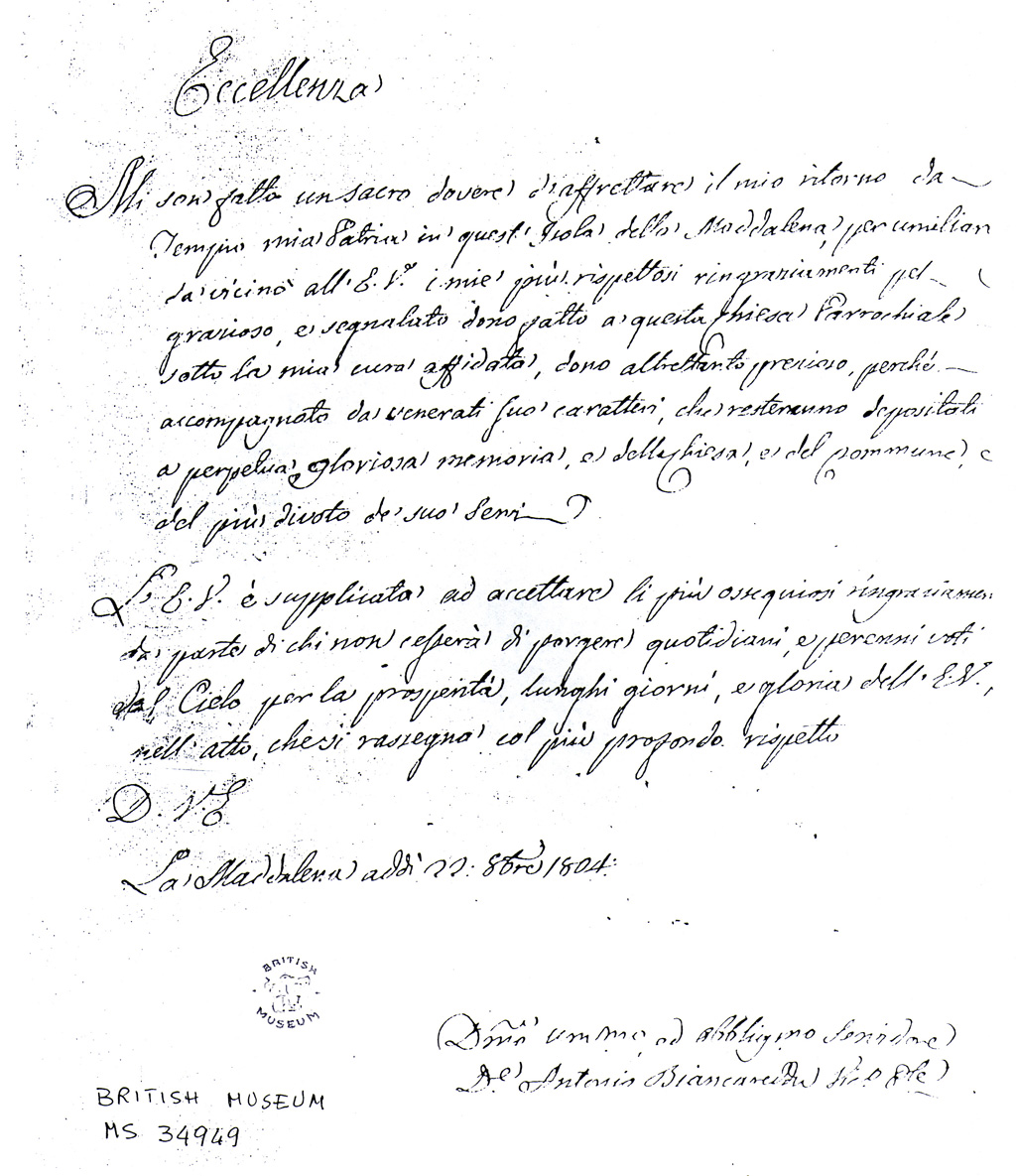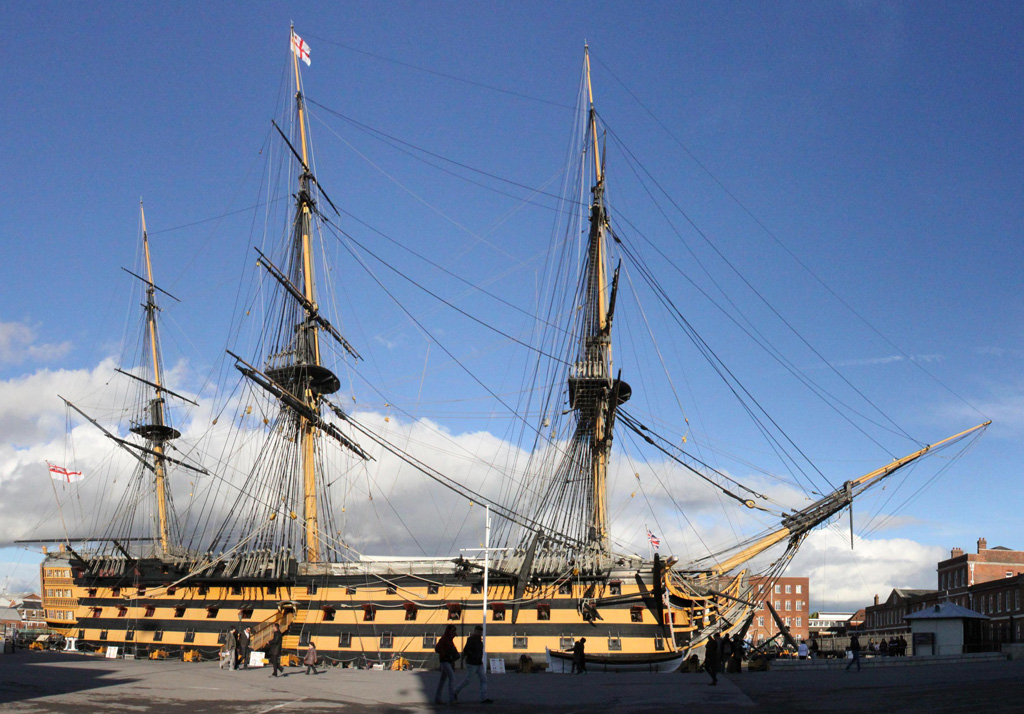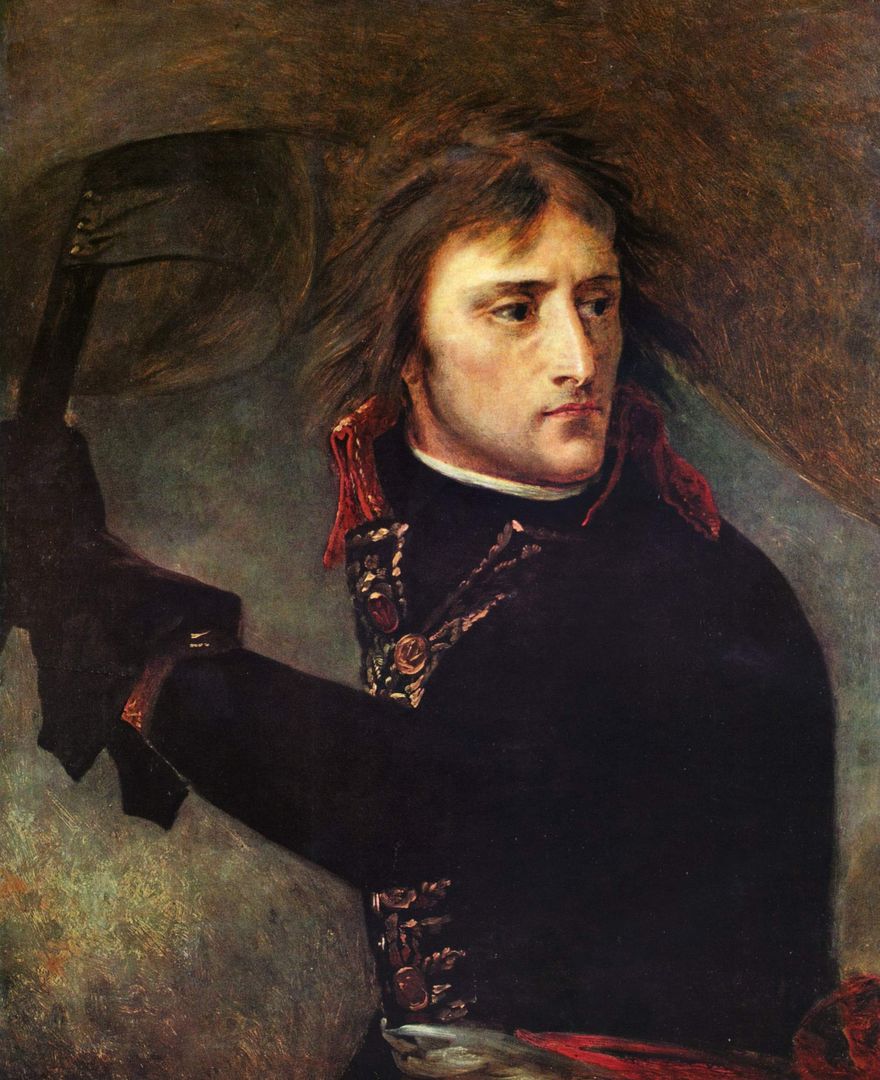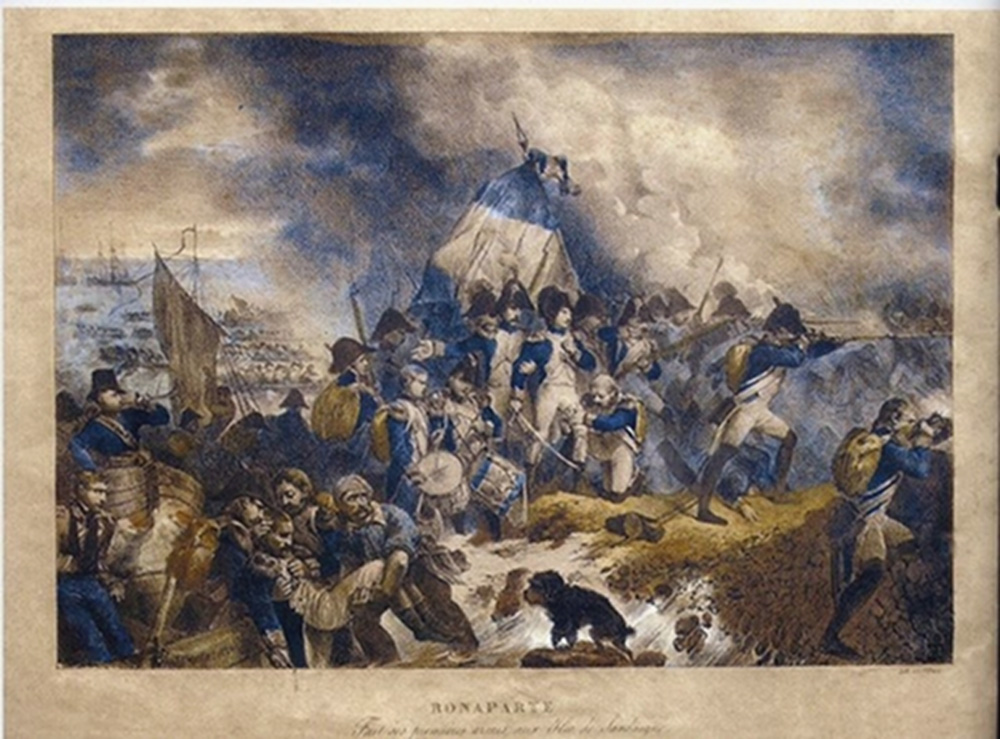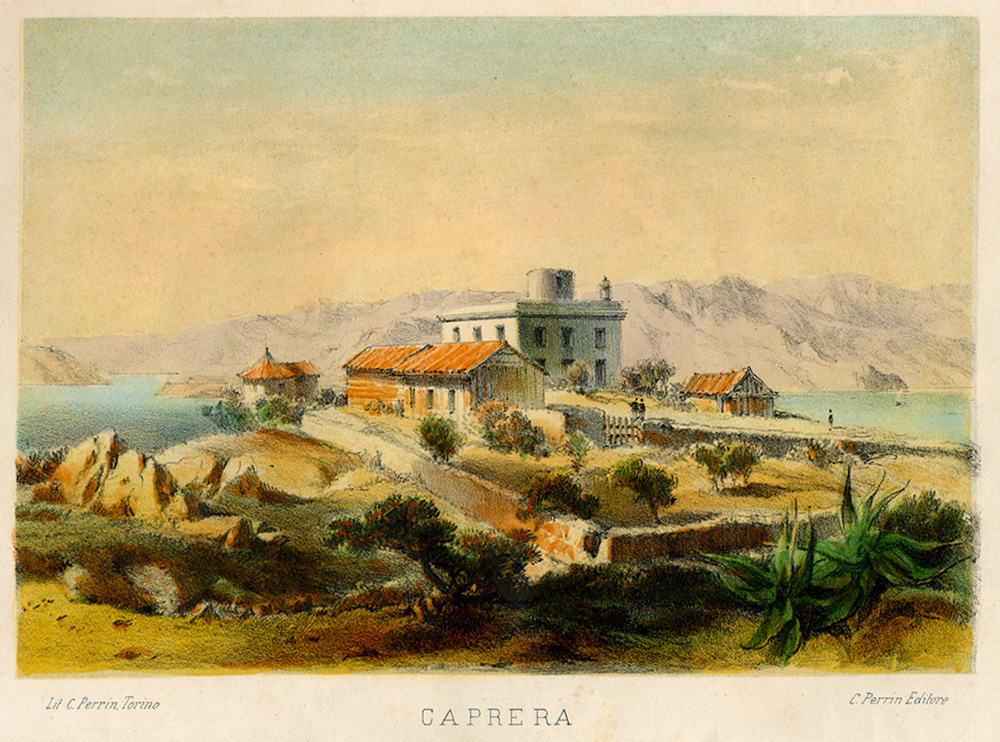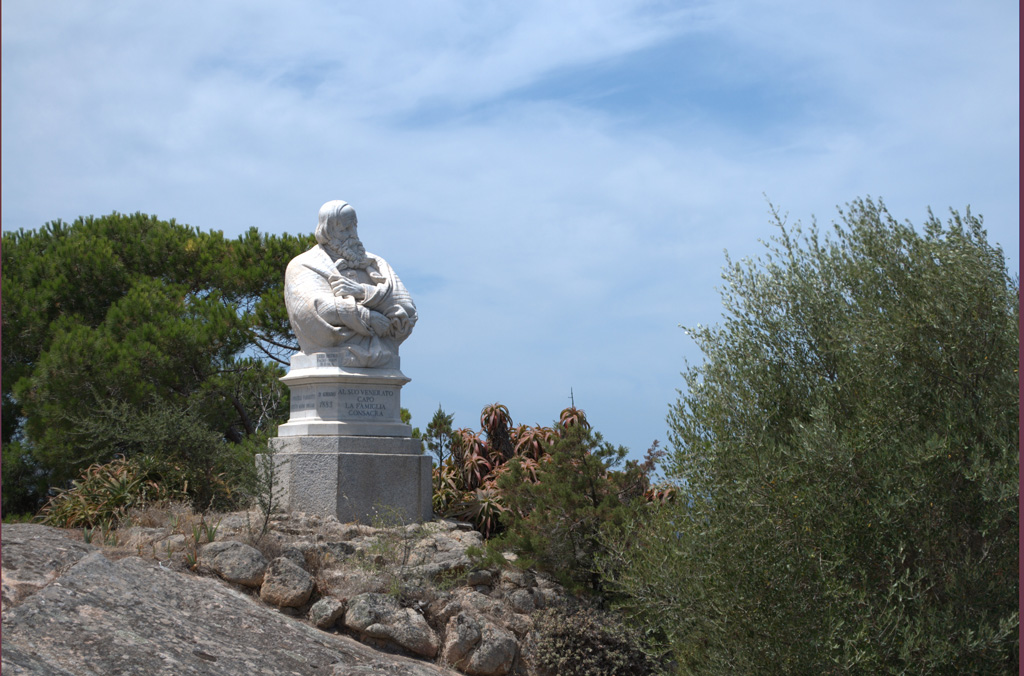LA MADDALENA
by Robert Tennant
Sardinia and its resources
Rome – London 1885
Libreria Spithöver – Stanford, Charing Cross
in italian: ![]()
Here Lord Nelson made his head quarters from 1803 to 1805, while watching the French fleet in the harbour of Toulon; and it was here too, when attacking the same island in 1795 that Napoleon Bonaparte, then a young artillery officer, met with the first repulse in his long and successful career.
It was a dark squally winters night; preparations for dauces private theatricals, and other amusements were being made on board the different ships, when the stirring news was received and acknowledged, but when the signal “weigh”, appeared, all was changed in a moment, the suddenness of the order being equalled only by the skill and celerity with which it was executed.
The passage was so narrow that only one ship could pass through at a time, and each was guided by the stern lights of the preceding vessel. Within two hours the whole fleet was clear of the passage, and stood to the southward, in pursuit of the French fleet, which a short time afterwards met with signal defeat at the battle of Trafalgar. The unflinching courage and determined spirit exhibited by Nelson on this occasion was the subject of special eulogy in the House of Lords, by His Mayesty King William IVth then Duke of Clarence, and is always cited as one of the most daring and dashing of Nelson’s many great exploits.
It was from Maddalena that Nelson wrote the characteristic letter to his brother, when the French admiral (La Touche) boasted that he had driven the whole English fleet before him when in fact, it had simply paraded and then retired with the object of inducing the French fleet to follow. “You will have seen (he writes) from La Touche’s letter how he chased me, and how I ran. I keep it and if I take him, by God, he shall eat it”.
They were opposed by a garrison of 500 men, and the fire was returned with equal fury. The opposite shore on the mainland was at the same time lined by mountaineers who, when the French frigate had been dismasted, took to their boats, and attacked San Stefano.
The assault was so vigorous that Bonaparte was compelled to make a precipitate retreat with a few of his followers, leaving 200 prisoners with all the artillery and baggage. While Bonaparte was superintending the firing and watching its effects with his telescope, he observed the people going to mass, and exclaimed “I should like to fire at the church, just to frighten the women”. The shot was fired and the shell entered the church window, and fell at the foot of the image on the altar. It failed to burst, and this miraculous instance of religious respect had its due effect upon the pious islanders, and for a long time the shell was preserved among the sacred curiosities of the town, until it was bought by a scotch gentleman for 150 francs and sent to his native country.
It was from here that Garibaldi made his well-known expeditions on to the mainland, and it was here too where he always returned when his mission was completed; it was here also that he died.
Since Garibaldi death, the Island has been purchased by the nation, and a handsome monument the memory of the great patriot, is about to be erected by public subscription.
SOURCES OF ILLUSTRATIONS
19th Century Paintings, Drawings and Lithographs (captions translated freely)
John Francis Rigaud, Captain Horatio Nelson, 1781.
Henri Félix Emmanuel Philippoteaux, “Napoleon Bonaparte in 1792”, 1835.
Samuel Atkins, A squadron of the Royal Navy running, ca 1800.
British Museum, “Thank you letter by priest Biancareddu”, 22 October 1804.
Agostino Verani, “La Maddalena Islanders”, ca 1806-1815, IN Scoperta della Sardegna. Antologia di testi e autori italiani e stranieri, cura e introduzione di Giuseppe Dessì, Milano, Il Polifilo, 1967.
Antoine Jean Gros, “Bonaparte on the Bridge at Arcole”, 1796.
Denis Auguste Marie Raffet, “Bonaparte makes his debut in Sardinia”, 1826.
Postcards and Photos, Late 19th/Early 20th Century
by Antonio Frau – La Maddalena
Contemporary Photos
Nello Anastasio – Flickr, MARC912374 – CC BY-SA 4.0 – Flickr, Richard Matthews – CC BY-SA – Flickr
Crucifix, candelabra and letter of Nelson; “Napoleon’s bombs”, at the Palace of the Municipality of La Maddalena, photo courtesy of Antonio Frau

